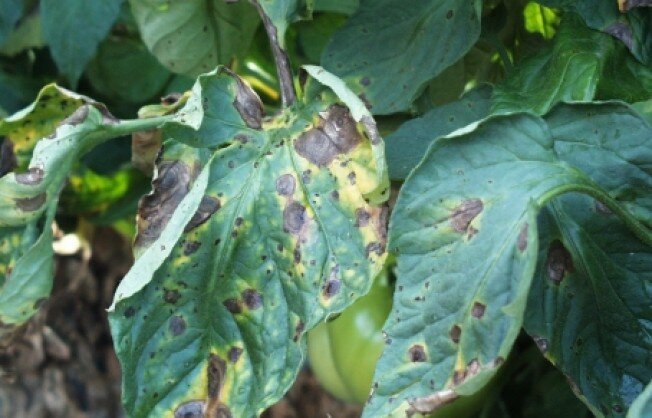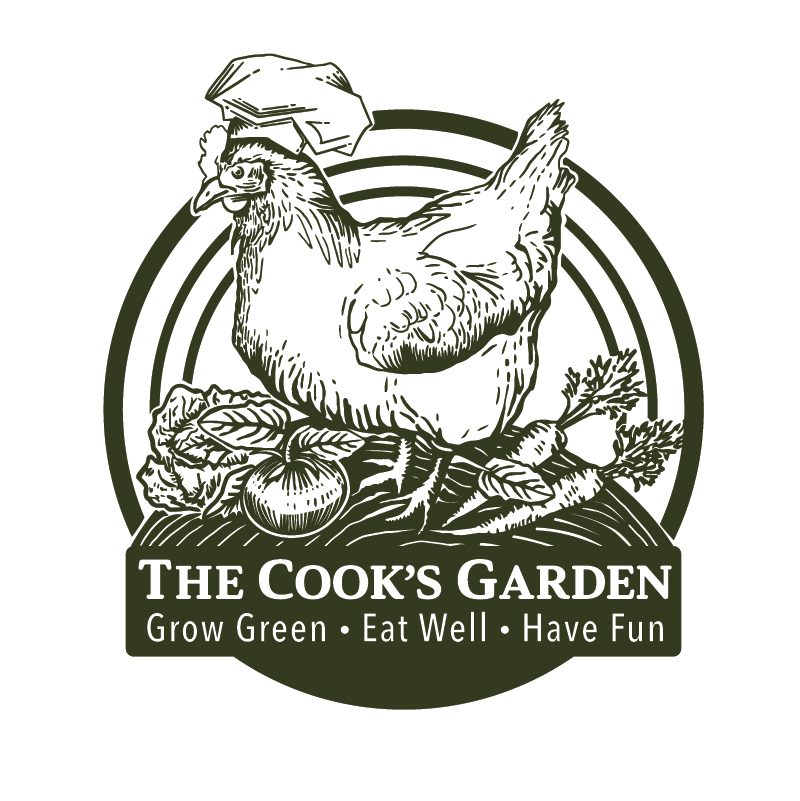
The Fungus Among Us - Blight
BLIGHT…a word that strikes fear in the hearts of even the most seasoned gardeners. The last two years have seen some of the worst blight seasons I can remember.

Getting You and Your Garden Ready for Spring and Summer!
Spring equinox arrived around my part of the world on March 20 and we’re starting the run up to summer with really perfect weather (cool nights and mornings with sunny skies and mild daytime temps)! Now, I have to admit that doing my spring/summer garden prep work was never a source of serious intestinal “knottage” in my earlier years. In fact it was a seasonal milestone that I really looked forward to…a sort of “back to school” feeling that everything was nothing but possibilities. It’s that “starting with a clean slate” enthusiasm that inspires all of us gardeners at the start of a new growing season - new weather patterns, new plant palette. But times…oh how they have changed!

Luscious Leeks
A beautiful and ancient monocot, the leek is, as far as I’m concerned, a necessity in any serious cool season culinary garden. Certainly, there is hardly a European garden without the gorgeous blue-green stand of leeks in winter. In the U.S., however, the leek remains under-appreciated. Let’s change that!

The Nutritional Powerhouses of the Cool Season: GREENS
Nutritionally, you can’t beat greens. They are high in Vitamin A, Vitamin K, folic acid, antioxidants, carotenoid, riboflavin and iron, as well as a great source of fiber, and a good source of omega-3 fatty acids. The darker and leafier the green, the higher the health benefit for us – anti-aging, cancer preventing, skin care, pregnancy health, heart health – to name a few. Convinced? Good…now let’s get out in the garden and grow them!

Beautiful Broccoli - The King Cole
Consumption of broccoli has shot up in the last couple of decades. A third of American households are eating it at least once every two weeks, up 33 percent since that infamous quote from President George H.W. Bush in 1990! And since a Georgetown University study in 2011 found that isothiocyanates (ITCs) found in broccoli and other cruciferous vegetables caused cancer cells to die, well, let’s just say broccoli is no longer the awkward kid no one talks to at the party!

Raised Expectations: How & Why to Build a Raised Bed
This is one of the questions I get the most often so I decided to add this to our Garden Blog library so you could refer back to it as needed. I promise you…it’s easy to build one of these yourself. YOU CAN DO IT!

Flavor is the Spice of Life!
Growing herbs is such a satisfying experience…expecially the first time you walk out of your kitchen and into your backyard (or frontyard) to snip a few herbs to bring that recipe to life!

What’s in a Teaspoon of Soil – The Care and Feeding of Your Precious Soil Food Web
In our preparation for the cool season, a review of the nitrogen-fixing duet between legumes and rhizobium bacteria and the Soil Food Web is in order: The Soil Food Web…What is it?
The soil food web is the community of organisms living all or part of their lives in the soil. This food web diagram shows a series of conversions of energy and nutrients as one organism eats another.
Soil organisms support plant health as they decompose organic matter, cycle nutrients, enhance soil structure, and control the populations of soil organisms including crop pests.

Yes Peas!
Peas are magic! Yes…they are magicians. Peas (legumes) possess the “nitrogen fixing” quality that is nothing short of pulling a rabbit out of a hat. Here’s how it works. Legume nitrogen fixation starts with the formation of a nodule. A common soil bacterium, Rhizobium, (PART OF A HEALTHY SOIL FOOD WEB, FOLKS) invades the root and multiplies within the cortex cells. In this beautifully symbiotic relationship, the plant supplies all the necessary nutrients and energy for the bacteria that it needs. In return, the happy bacteria release nitrogen back to the root in a form that is easily used by the plant. See…truly pure magic!

